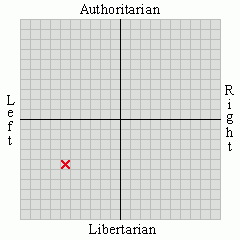Although he'd been invited back to Iran, Khomeini refused to return while the Shah was there. When the Shah left at the end of January the stage was set; more than 6 million people attended the homecoming of the Ayatollah just two weeks later, on this day in 1979.
The Iranian Revolution was complete, or so it seemed...
Yet upon his return Khomeini moved swiftly to consolidate his power, first by appointing his own Prime Minister Mehdi Bazargan over Dr. Shapour Bakhtiar (who had been responsible for inviting Khomeini back), and then by ordering scores of executions among the old regime, including former Prime Minister Amir Abbas Hoveida and Bakhtiar himself (who had escaped to Paris) - a number which eventually amounted to more than 60.
In October 1979 the Shah was admitted to the United States for the treatment of his cancer; this act of mercy so outraged certain followers of Mohammed that within a week students belonging to the militant group Muslim Student Followers of the Imam's Line stormed the US Embassy in Tehran and took 52 hostages. The ensuing crisis, which lasted 444 days (and remains a contentious issue between the two countries today) was merely the beginning of Khomeini's Cultural Revolution which has left moderate Muslims and Westerners alike fearful of confronting Islamic fundamentalism to this day.
*
share on: facebook



1 comment:
A fascinating account. Thanks.
Post a Comment